 One of the largest expenses we have when embarking on a big trip is the cost of fuel. Most of us don’t have the luxury of driving around in the latest 4WD that boasts incredible fuel efficiency in comparison to the older trucks. But there are things we can do to make our vehicles more efficient when on the road.
One of the largest expenses we have when embarking on a big trip is the cost of fuel. Most of us don’t have the luxury of driving around in the latest 4WD that boasts incredible fuel efficiency in comparison to the older trucks. But there are things we can do to make our vehicles more efficient when on the road.

Make sure your vehicle is regularly serviced
We are not talking about going to the expense of installing a reconditioned engine there are simpler things we can do and they include the following:
Ensuring that your vehicle is well serviced, a well-tuned 4WD engine is a more efficient one.Selecting the correct tyres that suit your lifestyle and making sure that they are inflated correctly. Getting rid of some bad driving habits like minimising the number of RPMs, this can be done by simply improving the way we change down gears when on the road.

Over loaded roof racks are a bad idea and will increase your fuel consumption
If you have cruise control technology built into your vehicle, use it. Reduce the amount of items you carry when heading off for either an extended weekend trip or a couple of weeks on the road. Reducing the amount of stuff we carry in the back of our 4WD’s will also help to conserve fuel.

Companies are now starting to introduce more aerodynamic camping and touring products
Roof Racks and high Rooftop tents can also create considerable wind drag when on the road and as a result add to your fuel bill. More companies are now developing more aerodynamic roof racks that are addressing this problem. 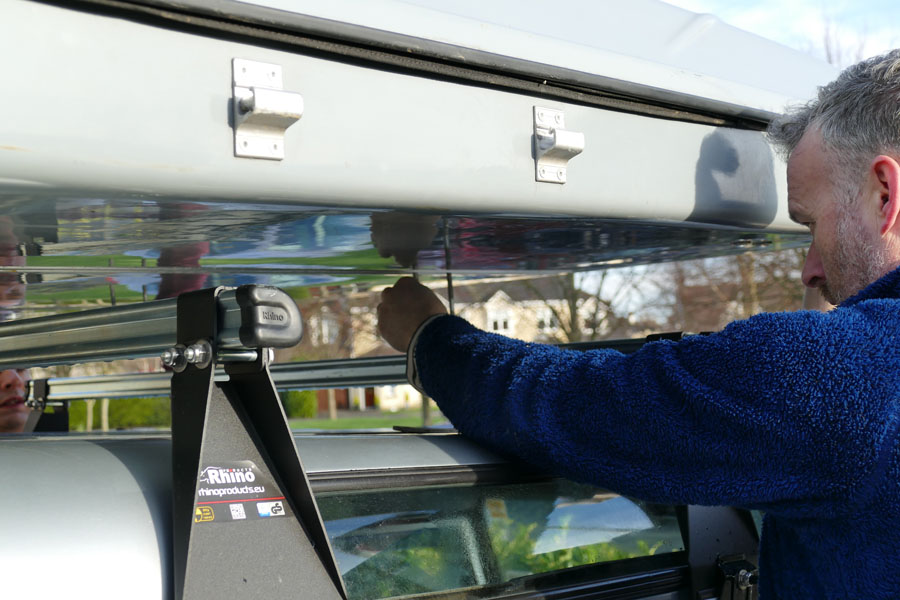 As regards non hard shell Rooftop tents, aerodynamics can often be compromised by the size of the mattress provided within the tent, with some tents having a thicker mattress. A thicker mattress will of course provide a more comfortable night’s sleep but the compromises here are that the tent will sit higher on your roof rack and as a result this will add to the wind drag and reduce fuel efficiency when on the road.
As regards non hard shell Rooftop tents, aerodynamics can often be compromised by the size of the mattress provided within the tent, with some tents having a thicker mattress. A thicker mattress will of course provide a more comfortable night’s sleep but the compromises here are that the tent will sit higher on your roof rack and as a result this will add to the wind drag and reduce fuel efficiency when on the road.

Study
The following research from the University of California and Vanderbilt University show some interesting results following the analysis of fuel consumption impacts from roof racks.
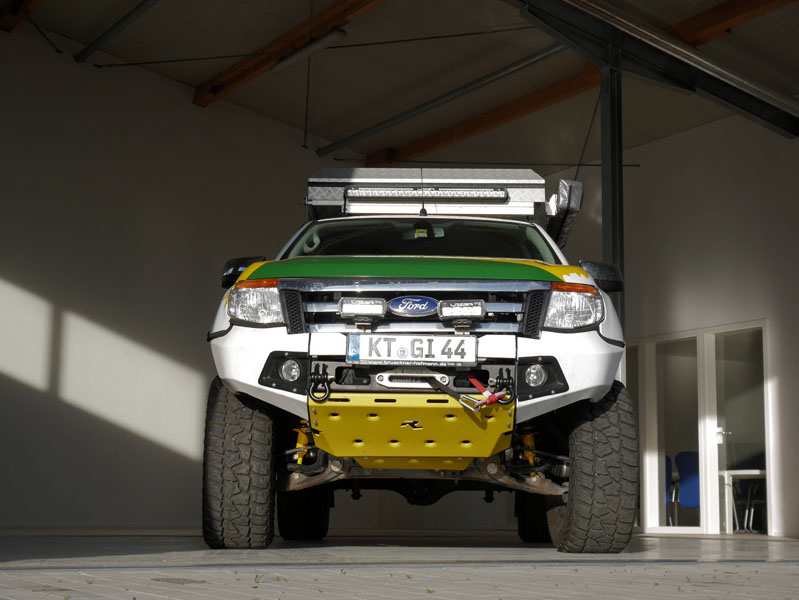
A number of hard shell roof top tent companies are coming up with better solutions that help reduce wind drag
According to a study in 2015 titled the “Fuel consumption impacts of auto roof racks.” by the Lawrence Berkeley National Laboratory (Berkeley Lab) researcher Alan Meier, working with Yuche Chen of the National Renewable Energy Laboratory (NREL). Using various methods of gathering information in the US results showed that, roof racks are responsible for 0.8‰ of light duty vehicle fuel consumption, corresponding to 100 million gallons of gasoline per year and that aerodynamic efficiency of typical roof racks can be greatly improved and reduce individual vehicle fuel consumption;
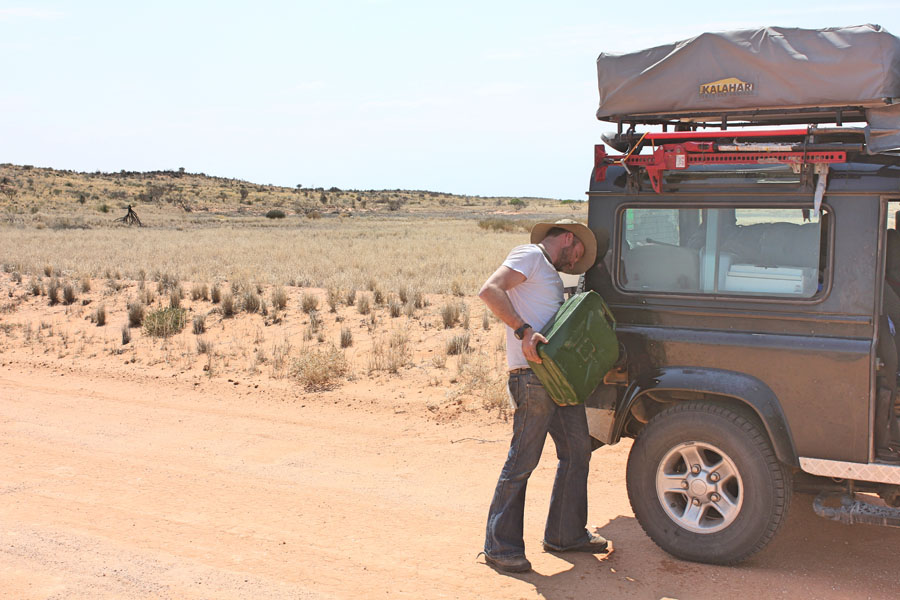
The use of roof racks and roof top tents require vehicles to use more energy due to aerodynamic drag. While there have been studies of their impact on individual vehicles depending on the configuration, the fuel consumption penalty can be 0 to 25 plus. Research also highlights the impact of placing a tyre (spare wheel) on the bonnet of a Land Rover Defender for example, which can actually decrease the vehicle’s aerodynamic drag by anything up to 8%.
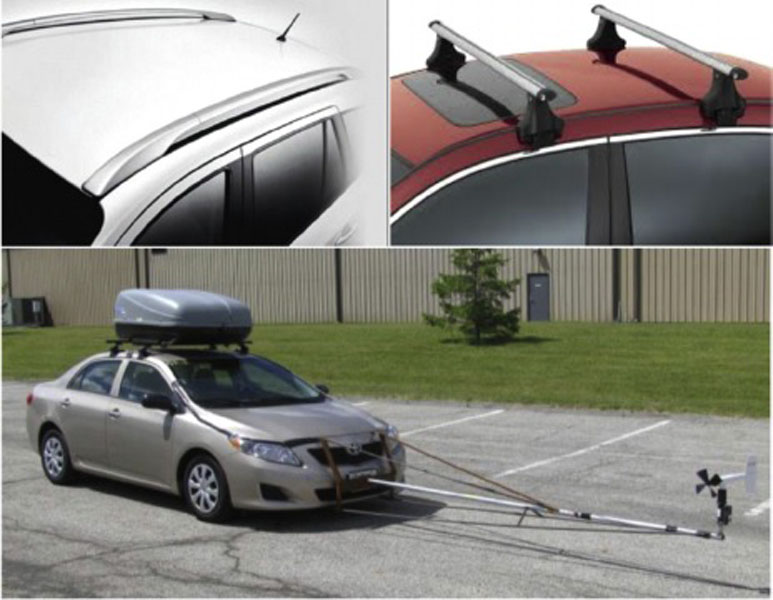
There is no doubt about it that adding a roof rack that holds your roof top tent and camping equipment will increase your vehicle’s wind drag and hence add to your fuel consumption.
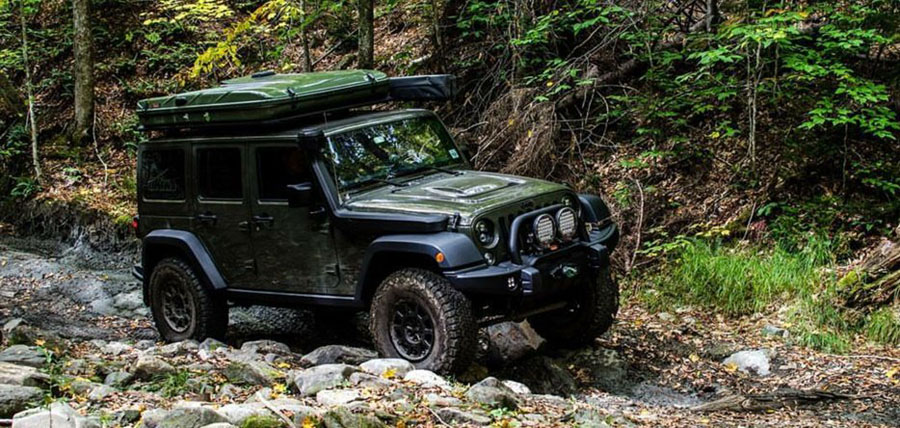
Of course we can address this by choosing roof racks and tents that are more aerodynamic. With consumers being more aware of these issues nowadays we are starting to see companies launch more aerodynamic roof rack designs to the market and rooftop tent companies like DARCHE, Alu-Cab, Ezi-Awn hard shell tents and James Baroud all now offering more aerodynamic tents that can help in reducing the overall wind drag, and thus fuel consumption.

James Baroud Evasion – The James Baroud Evasion hard shell rooftop tents outer shell utilize fibreglass-fortified polyester with Aerodynamic ribs on the upper shell which help improve wind noise and fuel economy as well as provide additional structural strength and rigidity.
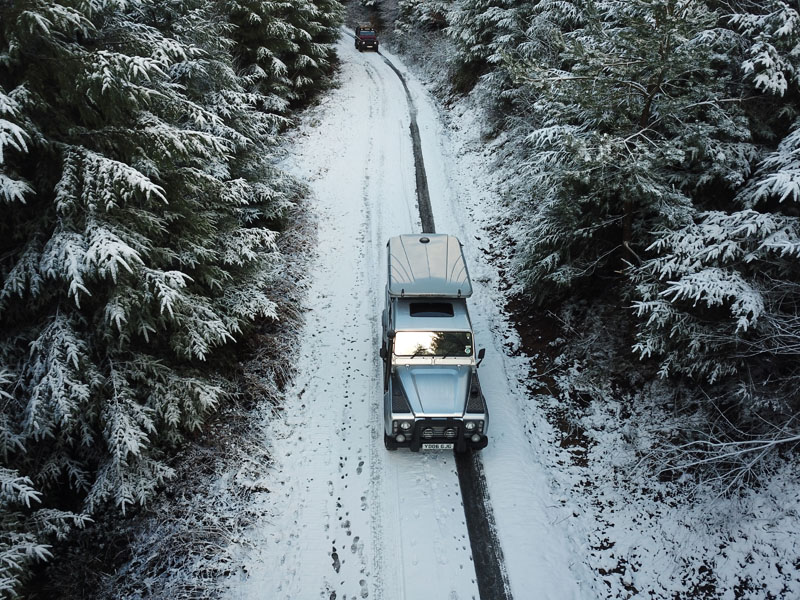
The DARCHE Panorama 2 canvas tent is ergonomically designed and has one of the lowest profiles of any rooftop tent on the market at just 250mm and hence reducing wind drag when driving. This shortness in height will save you on fuel costs on those big journeys and will reduce the overall height of your vehicle allowing you to get under obstacles easier and giving you a better center of gravity when hitting the trails. The compromise here is that the mattress is not as thick as other tents on the market but this can be overcome by using the Darche self inflatable mattress.

Data from on-line forums highlighted the following.About 70% (18 observations out of 26) of consumer-reported data estimated loaded cross roof rack fuel consumption penalties between 20% and 30%.

These observations seem to match results from Thomas et al. (2014) i.e., 24.8% fuel consumption increase at 70 mph constant-speed highway driving for passenger cars. Thomas et al. also reported an 11.7% fuel consumption penalty for a passenger truck under the same conditions. Lenner (1998) found fuel consumption increased 12.3% for a sedan with a roof rack and ski box traveling at 55.9 mph. An extrapolation of Lenner’s result from 55.9 mph to 70 mph, gives a fuel consumption increase of about 20%. This is close to other studies as well as consumer-reported data. The study adopted 24.8% as the fuel consumption impacts for passenger cars and 11.7% for passenger trucks driving on highways. These values from Thomas et al. (2014) are the most recent and based on the most comprehensive study.
Yuche Chen and Alan Meier ‘’Fuel consumption impacts of auto roof racks’’


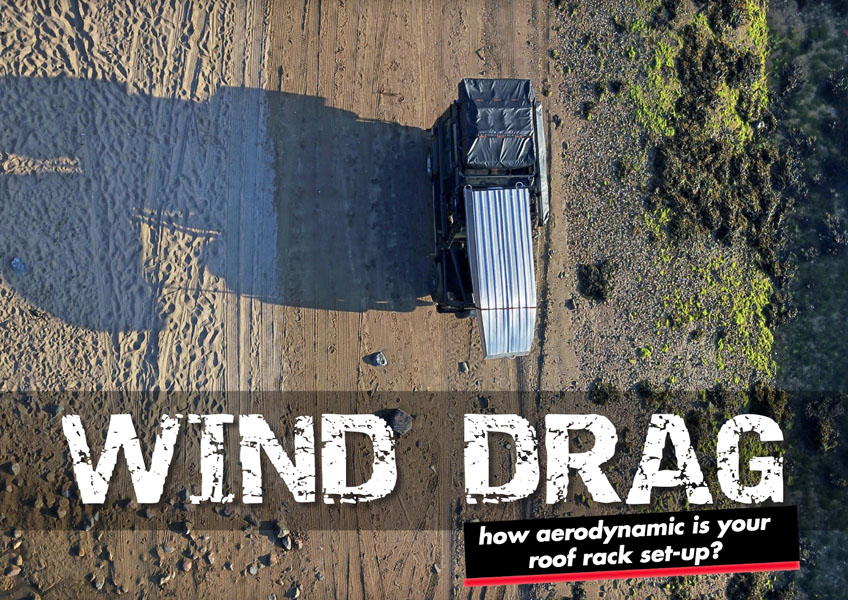
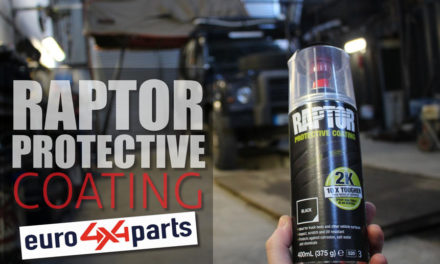
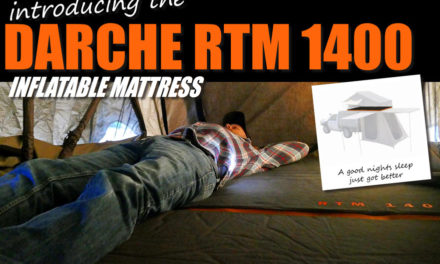


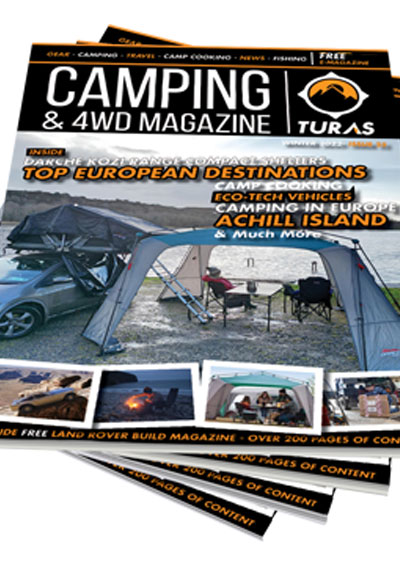

Recent Comments